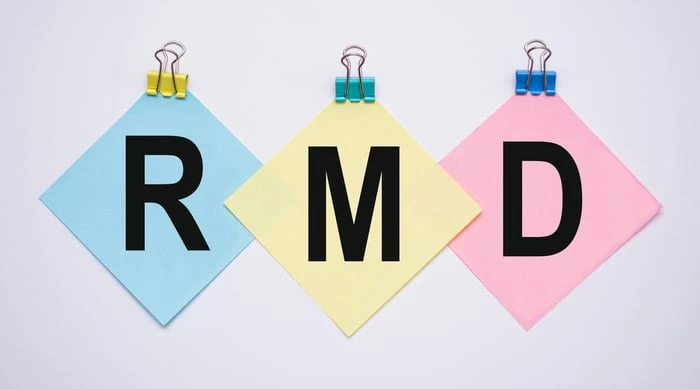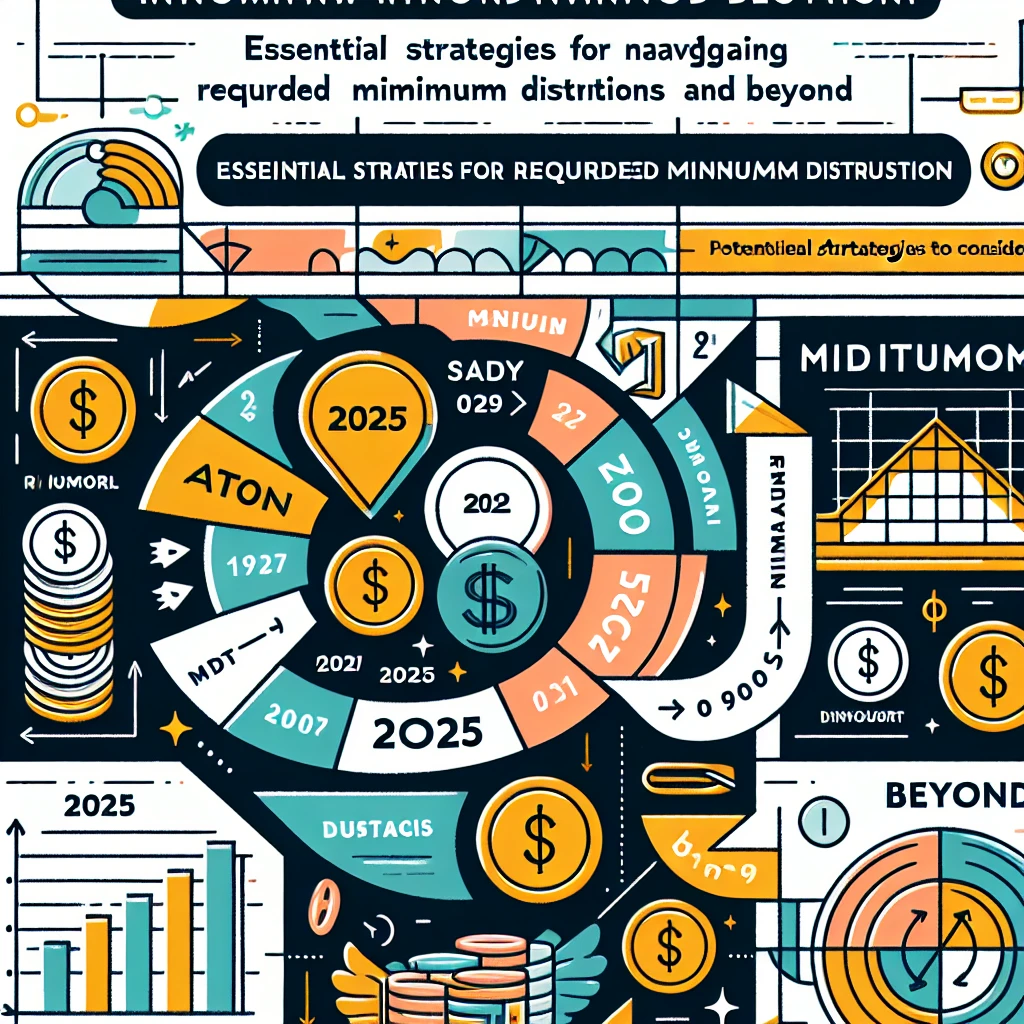Contents
Preparing for 2025: Key Financial Tasks
As we edge closer to 2025, it’s crucial to address some essential financial responsibilities, especially for those managing retirement accounts. One significant task is understanding and managing Required Minimum Distributions (RMDs).
Understanding Required Minimum Distributions
When you contribute to a tax-deferred retirement account, such as an IRA or 401(k), you initially enjoy a tax break. However, the IRS mandates RMDs to ensure taxes are eventually paid. These distributions start the year you turn 73, requiring you to withdraw from your savings and pay the associated taxes.
Failing to adhere to RMD rules can result in severe penalties, including a fine of up to 25% of the amount you should have withdrawn. Additionally, you will still need to withdraw the funds and pay the income taxes. It’s essential to make these withdrawals timely, typically by the year’s end, to avoid unnecessary complications.
Recent legislative changes have added some complexity to RMD rules. Below are three critical RMD rules everyone should be aware of before the end of 2024.

Rule 1: Extended Time for Your First RMD
RMDs are required the year you turn 73. However, there’s a special provision for the first year: you can delay this initial distribution until April 1 of the following year. For individuals born in 1951, this means you have until April 1, 2025, to make your first withdrawal. This initial RMD is calculated based on your retirement account balances as of the end of 2023.
Subsequent RMDs must be taken by December 31 each year. Delaying your first RMD could mean withdrawing twice in one year, potentially increasing your tax burden. It’s essential to weigh the benefits of deferring taxes one year against the possibility of a larger tax bill the next.
If you are still employed at 73, you might postpone RMDs further. Employees in a defined contribution plan, like a 401(k), can delay RMDs until after retirement, provided their plan permits. This rule only applies to your current employer’s plan, but it may offer opportunities to roll over other retirement accounts, thus avoiding RMDs for those as well. The first RMD is then due the year after you retire.
Rule 2: Inherited IRAs and RMDs
The Secure Act, implemented in 2020, introduced new regulations for inherited IRAs. These changes affect anyone who inherits an IRA from someone who passed away after December 31, 2019. Beneficiaries must now deplete these accounts within 10 years, with exceptions for spouses, minor children, certain close relatives, and those who are disabled or chronically ill.
Initially, there was uncertainty about whether beneficiaries needed to continue RMDs if the original owner had already started them. The IRS waived this requirement through 2024. However, starting in 2025, RMDs on inherited IRAs will be enforced where applicable, though the 10-year rule still applies retroactively.
Even if you don’t face an RMD on an inherited IRA in 2024, strategically withdrawing portions now could ease future tax burdens. Spreading withdrawals over several years might prevent a hefty tax bill compared to withdrawing the full amount in one go.
Rule 3: Reducing Your RMD with Charitable Donations
For those with significant IRA balances, facing large RMDs may be daunting. A qualified charitable distribution (QCD) offers a tax-efficient way to donate while reducing your RMD. This allows you to transfer funds directly from your IRA to a charity.
QCDs can be utilized by anyone aged 70 1/2 or older and count towards your RMD. They offer benefits over standard charitable donations, such as moving what would be an itemized tax deduction above the line. This means you can avoid taxes on the distribution while still claiming the standard deduction.
Moreover, QCDs do not increase your adjusted gross income, potentially affecting how Social Security income, capital gains, and Medicare premiums are taxed.
You don’t need to donate large sums to benefit from QCDs. Even small donations can help reduce your tax liability, offering a smart option for retirees.
Maximizing Social Security Benefits
Many Americans find themselves behind on retirement savings. Yet, some lesser-known strategies can significantly enhance your retirement income. For instance, a simple technique could potentially add up to $22,924 to your annual income! Discover how to maximize your Social Security benefits to retire with confidence and peace of mind.
Explore the “Social Security secrets” ›




